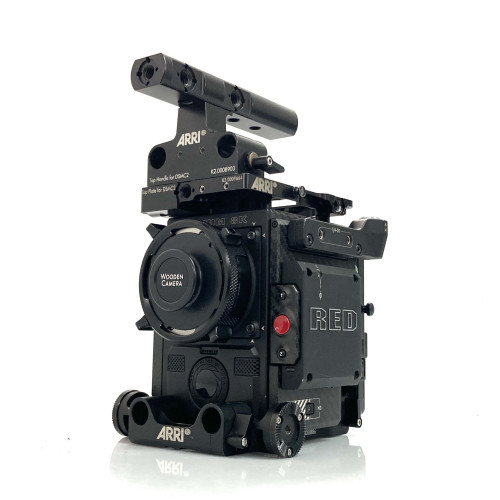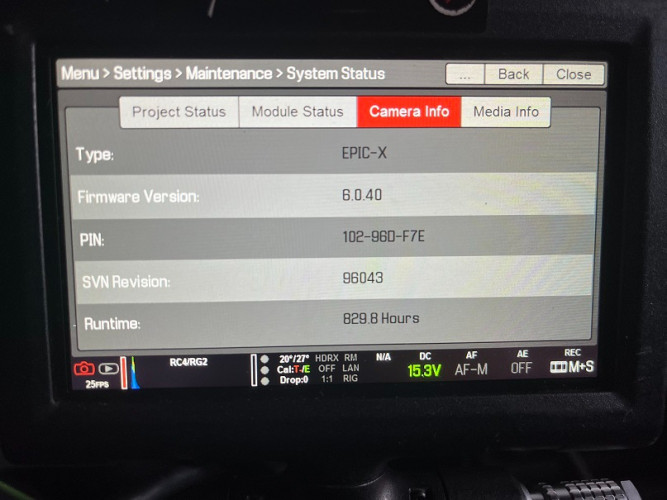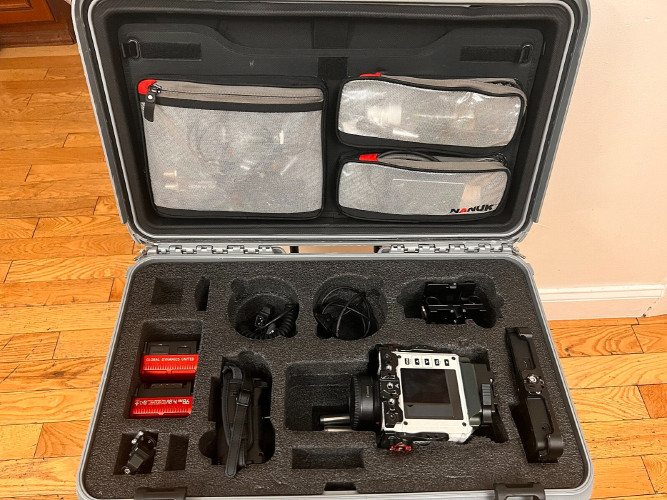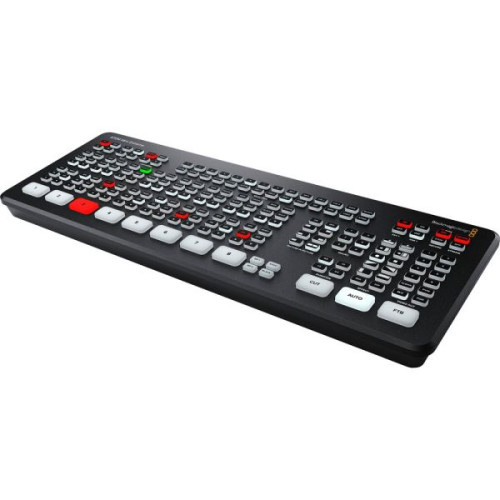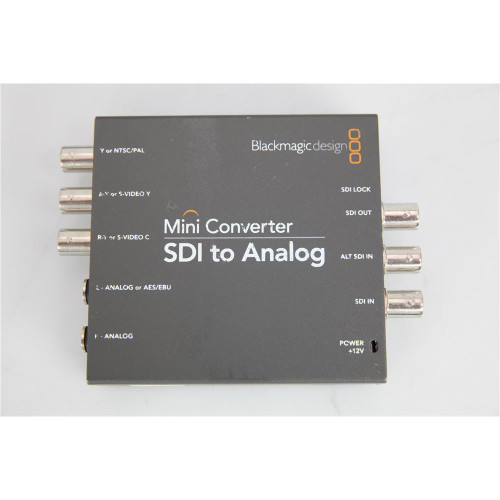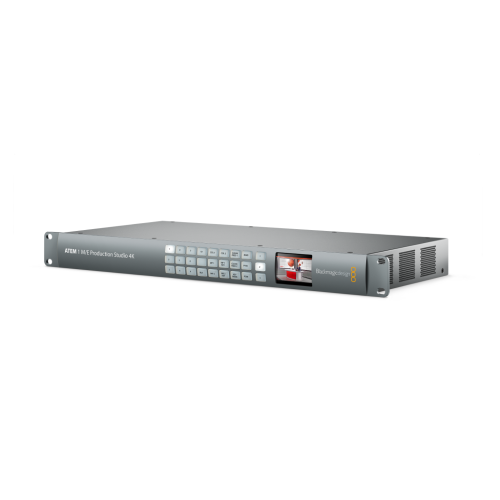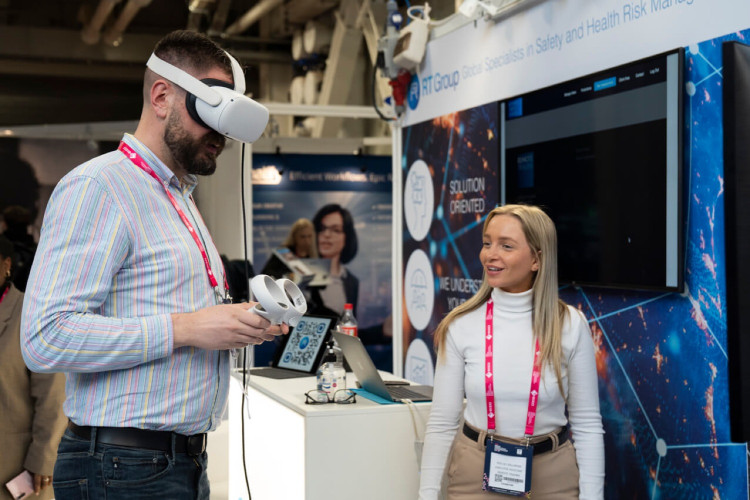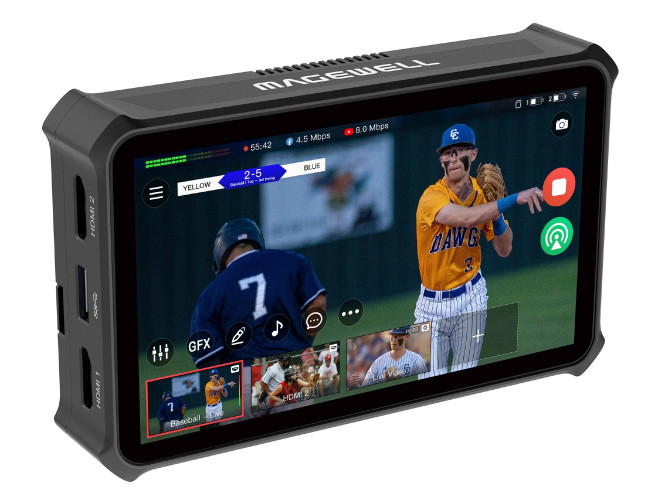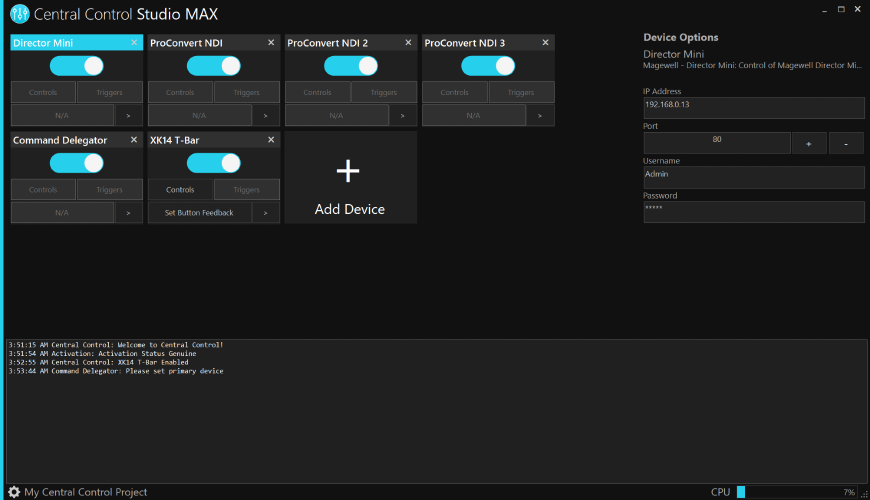Project Alpha Orbital Redux, First Narrative Sci Fi Series to be Live Streamed, Powered by Blackmagic Design
Author: Blackmagic design
Published: 07 January 2019
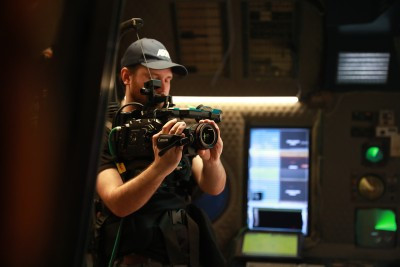
Blackmagic Design announced today that Orbital Redux, a live performed eight episode scripted science fiction series, was streamed using extensive Blackmagic Design technology, including cameras, switchers and routers, and recorded on HyperDeck Studio.
Orbital Redux was the brainchild of writer/director Steven Calcote of Butcher Bird Studios. His passion for science fiction and science fact led him to envision a story that combined the two. “My work as a director has often focused on the intersection between high technology and humanity,” said Calcote. “But after a decade of flat screen interactivity and pervasive autonomous systems I began to ask myself what would happen if hackers and AI driven viruses began to make computerized systems unreliable.” Orbital Redux reflects a return to this concept of Apollo era spaceflight: thousands of switches, knobs, and dials, all due to the failure of high technology.
The story, told in eight live performed and live broadcast episodes, revolves around two pilots in charge of transporting a critical resource from the moon to the Earth: Helium-3. Despite the failure of technology, the Earth still requires this resource that only space flight can provide. Orbital Redux follows Zachery “Max” Levodolinksy, a former astronaut navigating life after NASA runs out of funding, removing all the thrilling, heroic jobs. The story picks up when Max is tasked with teaching a new pilot the ropes of the space program. Though initially they are at odds, as the new hire is there to replace Max, the pair must later combine forces for survival when a redux fails.
But Calcote and his partners at Butcher Bird were not looking to make just your every day sci fi show. Instead, they asked themselves, “what would make this story unlike any other science fiction series out there?” The answer? Perform it live. Calcote, and Associate Producer Griffin Davis, turned to Blackmagic Design to help solve nearly every technical challenge in producing such a show.
“Blackmagic equipment played an essential role in our production. We could not be making the show without it,” said Davis. “We are using Blackmagic URSA Mini’s, URSA Mini Pro’s, Micro Studio Cameras and multiple ATEM Switchers. With these many different pieces of technology being routed through our mission control switching stations, we wanted to make sure that all of the gear would communicate well with each other. Since we’ve been using Blackmagic gear on our weekly live show Butcher Bird Presents for the past year, making Orbital Redux an entirely Blackmagic Design show was a no brainer.”
Production used ten cameras, a mixture of URSA Mini Pros, URSA Mini 4.6K and Micro Studio Cameras, all fed into HyperDecks to record isolated feeds, and then routed through an ATEM 2 M/E Production Studio 4K for the live cut, with every camera controlled via the ATEM 1 M/E Advanced Panel. An additional Blackmagic ATEM Television Studio Pro 4K was used to switch internal monitor feeds for the actors to react to on set, and the live cameras to capture.
“We organized our mission control in terms of internal video and external video,” said Davis. “By internal, we mean the video occurring inside the ship, managed by Adam Fair, and external video which goes live to the audience, which I handled. Adam also managed two HyperDeck Studio Minis loaded with hundreds of graphics that he could use to customize the overlays displayed on the set monitors.”
Cinematographer Steven Moreno found one of the biggest challenges was simply planning out the camera placement. The set was creatively constructed to accommodate opposing angles across the set by building set panels, monitors and walls to quietly rotate out, allowing operators to stick cameras in to the set for an angle, then discreetly slip out of view for another camera.
“Camera placement was a long discussion since we had to rehearse the blocking of each episode in the empty shell of the Tsiolkovsky (the ship set) when they first started construction on it,” said Moreno. “As we moved around the stage, we determined where we thought our coverage would come from and where we would need camera doors and windows. The ship builders and art department were then challenged with finding ways to hide these panels and engineer how they’d open, close, and disappear into the set.”
Moreno found the URSA Mini Pro to be the perfect solution for the job. “Besides the 4K capabilities and the fact that they integrate so nicely with the ATEM switcher, they are lightweight, with ideal ergonomics for handheld operation, a legendary EVF, great focus assist tools and multiple SDI outputs so we can send to the ATEM switcher and an AC simultaneously.” Moreno also enjoyed the size and flexibility of the Micro Studio Cameras. “They are tiny, fit almost anywhere and we can control their settings from the ATEM. We mount 2-3 of them inside the ship, in various locations which change each episode depending on that episode’s action. They truly fill in the blanks and get into places where we can’t.”
The adventure of live production keeps the entire crew on their toes, but having reliable technology helps mitigate the risk. "One moment that particularly comes to mind was during the opening of Episode 104,” said Moreno. “Our DMX dimmer box was accidentally bumped and it changed the DMX address of a character’s key light in a pocket set…while we were live. As soon as we saw that our light wasn’t firing, Adam Fair, our video engineer, quickly bumped up the exposure on the ATEM and brought (the actor’s) levels up to almost match what the keylight would have done. It was a quick save and a diverted catastrophe.”
None of these challenges seem to daunt Calcote and his crew, nor limit his passion to push the envelope. “We’re extra excited to share the Season Finale (Episode #108) with everyone on November 15th because it’s the first time we know of where a production has done a zero-gee stunt live,” said Calcote. “In fact the entire episode hinges on our ability to convincingly create the illusion of one of our main characters dangerously floating in space outside the ship.”
Despite taking chances every week, Calcote is certain of one thing. “One of the toughest challenges for a show like this, with live switching and filming, is integrating disparate systems seamlessly. Frankly there was only one way for us to dependably pull this off: we went 100% Blackmagic Design for cameras, switching, and video conversions. This was the most important technical decision we made to ensure the project’s success.”
Orbital Redux airs on ProjectAlpha.com.



